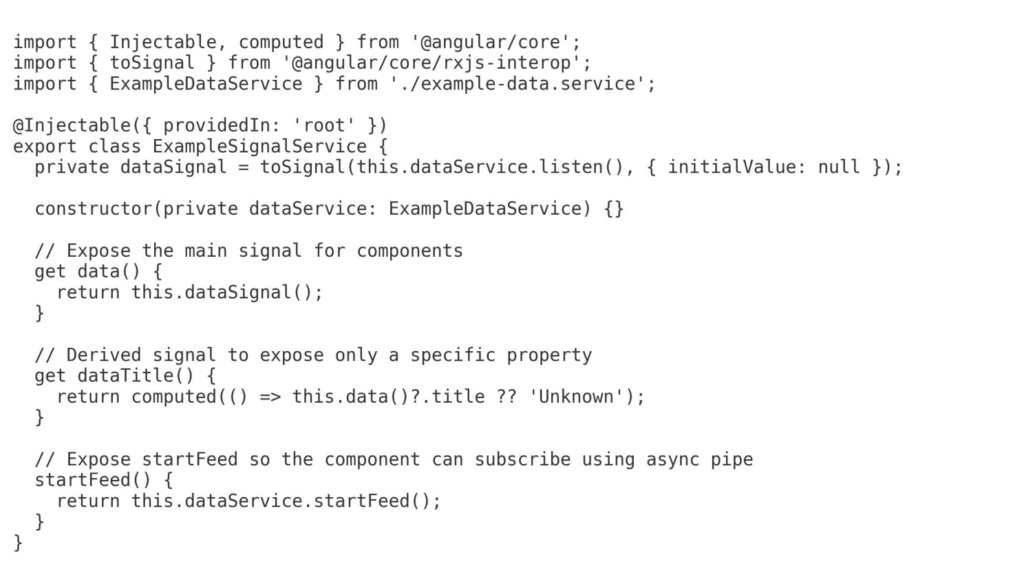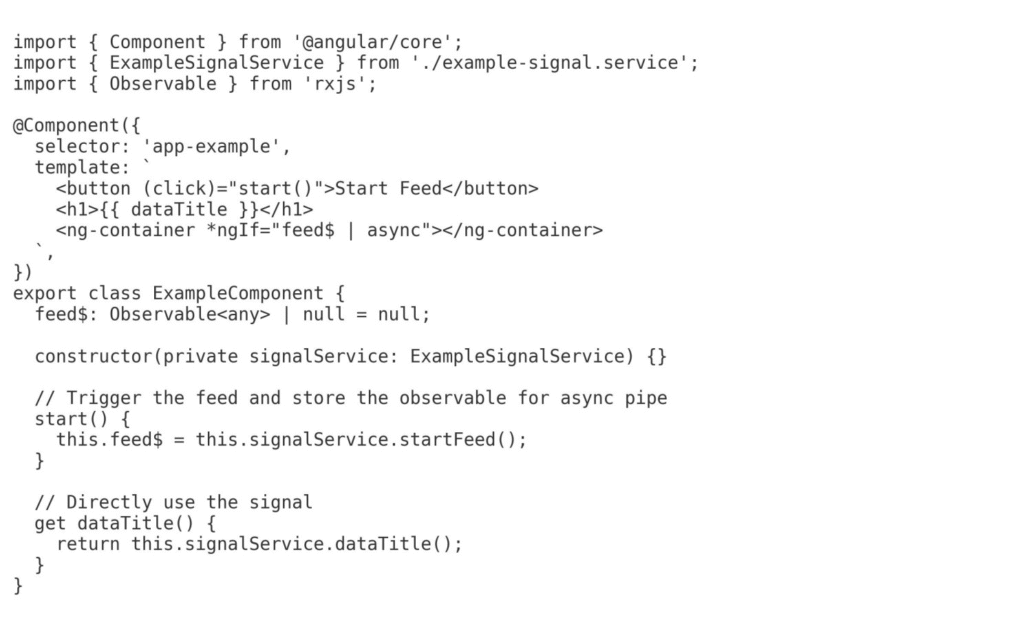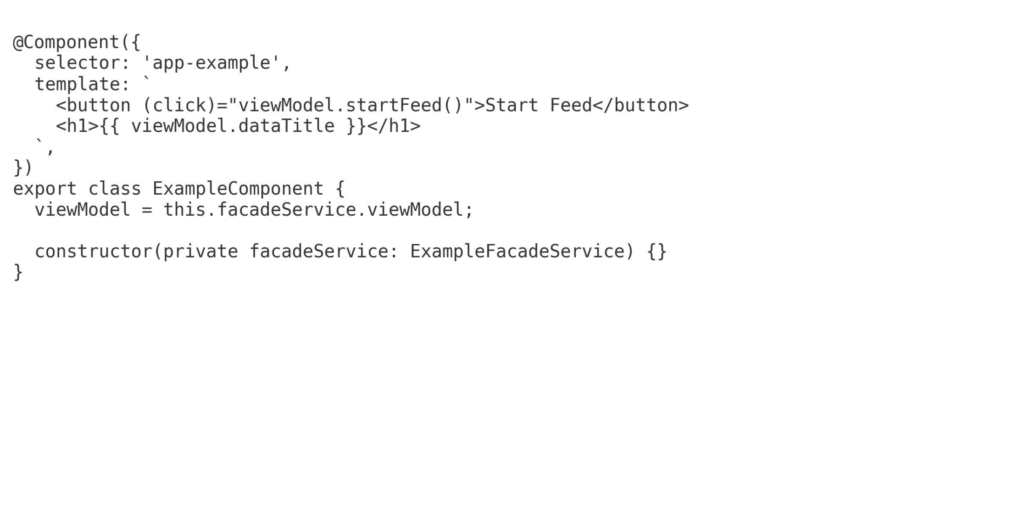From hobbyist sites to lead engineer: my 15-year quest for clean, scalable front-end code
1. A hobby that turned into a career (2008 – 2014)
I started out building e-commerce sites for local shops in Warwickshire.
Those evenings taught me that users don’t care about frameworks – they care about speed and clarity.
Tools then: PHP, plain JavaScript, SEO on a shoestring.
2. Shipping faster through teaching (2014 – 2020)
At eTech Solutions I wasn’t just a senior dev – I became the in-house trainer.
Over 5.5 years I introduced:
- Git branching (we killed “last-day-merge” panic).
- Agile ceremonies (stand-ups that finish on time 🕒).
- Docker & Kubernetes POCs (cut dev-box setup from hours to minutes).
Lesson #1: Teaching forces you to master the “why”, not just the “how”.
3. Leaning into leadership & micro-frontends (2020)
At Mortgage Advice Bureau I inherited a monolith drowning in technical debt.
We reacted by:
- Refactoring to stateless RxJS + immutable data.
- Splitting the codebase into micro-frontends and private Nexus libraries.
- Coaching a team of three to deliver business value and raise the bar.
Result: build times down 40 %; new features released weekly instead of monthly.
4. Principal consultant era (2021 – 2023)
Virgin Media TV Streaming
- Angular + Apollo GraphQL
- Storybook for design-system governance
- Led six-person squad; coordinated with product, design, QA.
Lesson #2: Clean code isn’t an aesthetic choice – it’s a performance lever.
5. Bringing AI into the workflow (2023 → present)
At Actify I:
- Integrated GitHub Copilot into our review cycle – 22 % fewer low-value PR comments.
- Built a GPT-powered Angular schematic that scaffolds unit tests; team adoption hit 90 % in two sprints.
6. What I can do for your team (summary)
- Framework depth: Angular 2 → 18, React, RxJS signals.
- DevEx: CI/CD in Azure DevOps, micro-services, Storybook, Cypress.
- AI leverage: prompt-engineering, OpenAI API, cost monitoring.
- Leadership: mentoring, standards, outcome-first agile.
7. Let’s talk
I’m open to permanent or contract roles where clean code, functional patterns and AI-assisted delivery matter.
👉 Linkedin


